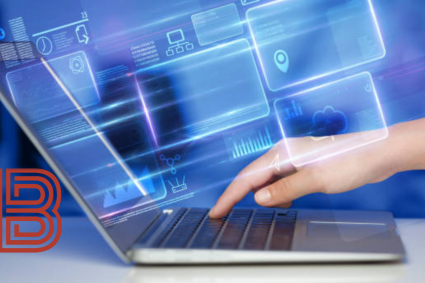
In the digital age, cyber risk management is critical to the security and resilience of organizations. One of the foundational strategies for minimizing cyber risk is maintaining a regular, effective patching cadence. “Patching cadence” refers to the routine frequency and timeliness with which software updates or “patches” are applied to vulnerable systems. An efficient patching cadence, along with its effectiveness, plays a crucial role in defending against cyber threats. Below, we explore the importance of patching cadence, its effectiveness in cyber risk management, and some real-world examples of how organizations handle patch management.
The Importance of Patching Cadence and Effectiveness
Cyber threats evolve rapidly, with cybercriminals constantly searching for and exploiting vulnerabilities in software systems. As soon as a vulnerability is discovered and publicly acknowledged, it can become a target for attackers. By implementing patches promptly, organizations can significantly reduce the risk of exploitation.
Minimizing Attack Surface:
Each unpatched vulnerability represents an attack vector that cybercriminals can exploit. When organizations consistently apply patches on time, they reduce their attack surface, which in turn lowers the probability of a breach.
Protecting Sensitive Data and Infrastructure:
A timely patching process prevents attackers from gaining access to critical systems and sensitive data, thus protecting an organization’s reputation, customer trust, and intellectual property.
Compliance with Industry Regulations:
Many industries are subject to strict compliance requirements regarding cyber hygiene, including timely updates and patches. Failing to patch in accordance with these standards can result in fines and sanctions.
Cost Efficiency:
Fixing a breach after it has occurred can be far more costly than preventive measures like patching. Regular patching cadence can reduce the potential cost of remediating a major cyber incident.
Examples of Patching Cadence and Effectiveness
1. Equifax Breach (2017)
One of the most infamous examples of the consequences of poor patching cadence and effectiveness is the 2017 Equifax breach. The breach was due to a vulnerability in Apache Struts, a widely used open-source web server application framework. Although a patch was released for the vulnerability, it was not applied by Equifax in a timely manner, leading to the exposure of sensitive data of over 145 million consumers. This breach underlines how essential an effective patching cadence is, as even a single missed update can result in a severe cyber incident.
2. Microsoft Exchange Vulnerability (2021)
In early 2021, Microsoft Exchange faced a critical vulnerability that allowed attackers to access email systems. Microsoft released an out-of-band patch to address this zero-day vulnerability. Organizations that immediately applied the patch avoided significant risk, while those with slower patching cadences faced greater exposure to exploitation by attackers. This case highlights the need for agility in patching cadence, especially when critical vulnerabilities are identified.
3. Windows SMB Vulnerability and WannaCry Ransomware (2017)
The WannaCry ransomware attack, which affected numerous systems globally, exploited a vulnerability in the Windows SMB protocol. Microsoft had issued a patch for this vulnerability prior to the attack, but many organizations had not yet applied it, allowing WannaCry to spread quickly. This incident underscores the need for organizations to prioritize patches for critical vulnerabilities and to ensure prompt application to minimize the risk of widespread attacks.
Best Practices for Patching Cadence in Cyber Risk Management
Organizations can optimize their patching cadence and effectiveness by following a few best practices:
Implement a Risk-Based Approach:
Not all patches require the same urgency. Prioritizing patches based on risk—focusing on those affecting critical systems or public-facing applications—helps ensure that the most significant threats are addressed first.
Automate Patch Management:
Automating parts of the patch management process helps organizations maintain a consistent patching cadence, especially for critical systems. Automation minimizes human error and ensures timely updates.
Maintain an Asset Inventory:
Knowing the assets within an organization, as well as the specific software versions and configurations, allows IT teams to promptly identify which systems need patches and assess the risk associated with vulnerabilities.
Regular Testing:
Before deployment, testing patches in a controlled environment helps avoid potential disruptions. This approach allows organizations to verify patch effectiveness without compromising system stability.
Stay Informed on Vulnerability Disclosures:
Keeping track of vulnerability announcements and following vendor notifications is essential to staying ahead of potential threats.
Summary
Patching cadence and effectiveness are critical pillars of an organization’s cyber risk management strategy. Regularly applying patches minimizes exposure to vulnerabilities, reduces the potential for costly breaches, and helps organizations comply with regulatory requirements. By learning from real-world examples, such as Equifax, Microsoft Exchange, and WannaCry, organizations can better understand the significance of maintaining a disciplined and proactive patching process. In an ever-evolving threat landscape, a well-defined patching cadence not only enhances security but also supports operational resilience and trust in an organization’s ability to protect itself from cyber risks.




















